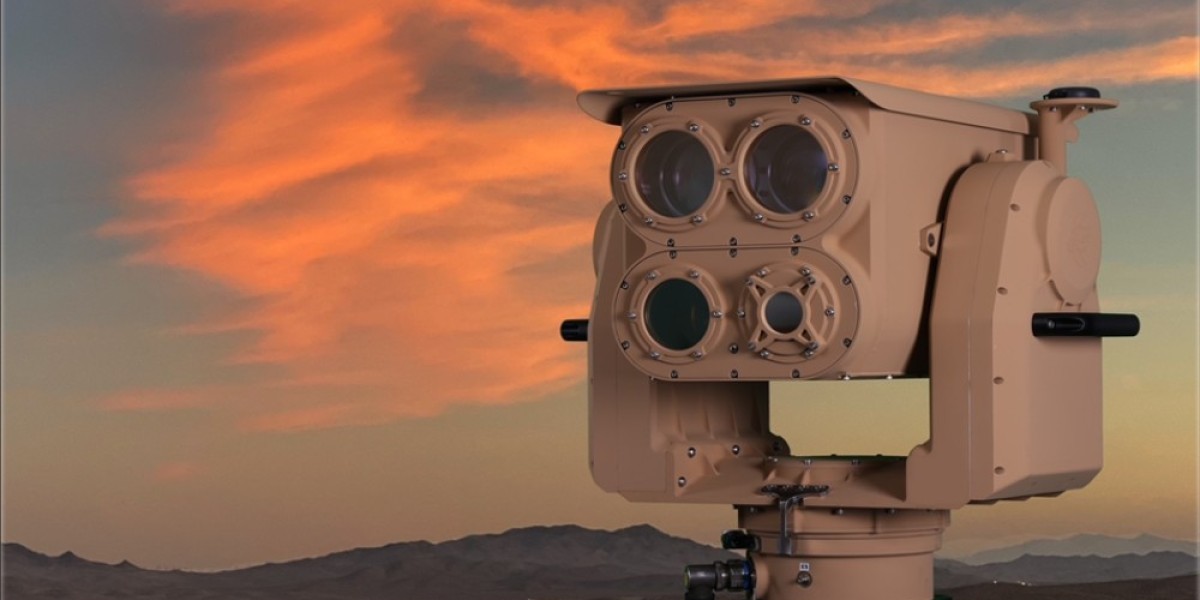The Europe Military Free Space Optics (FSO) Communication market is poised for substantial growth, driven by the increasing demand for secure communication and rising defense budgets. Valued at USD 245.32 Mn in 2024, the market is projected to expand at a CAGR of 16.27% from 2025 to 2035, reaching USD 1297.51 Mn by 2035. This surge is largely attributed to the advantages of FSO technology, including immunity to electromagnetic interference, reduced interception risks, and high-speed data transmission capabilities.
Market Drivers
Growing Demand for Secure Communication
Modern military operations demand secure and reliable communication channels. Traditional radio frequency (RF) communication is increasingly vulnerable to interception, jamming, and cyber threats. FSO technology, which transmits data using laser beams, offers a secure alternative, minimizing the risk of eavesdropping. This has become particularly crucial in response to growing geopolitical tensions and the need for real-time intelligence sharing.
For instance, in February 2024, the European Space Agency (ESA) initiated the development of an FSO system for its Jupiter Icy Moons Explorer (JUICE) mission, showcasing the growing interest in optical communication technologies.
Expansion of Defense Budgets
The expansion of European defense budgets is another key driver of the FSO communication market. European nations are investing heavily in modernizing military infrastructure, particularly in high-bandwidth, cyber-resilient communication systems. The European Defence Agency (EDA) announced a 10% increase in defense spending in December 2024, allocating €72 billion for new military equipment, further accelerating the adoption of FSO technology.
FSO systems provide line-of-sight connectivity, making them resistant to electronic warfare while ensuring secure transmission of critical battlefield intelligence. This aligns with NATO’s emphasis on improving joint operations through enhanced interoperability among allied forces.
End-user Analysis
The Europe military free space optics communication market is segmented into Army, Air Force, and Navy. Among these, the Army segment accounted for 46.63% of the market share in 2024 and is projected to grow at a CAGR of 19.56% over the forecast period.
The increasing use of FSO communication in battlefield scenarios has driven the adoption of this technology among ground forces. The rising threats of hybrid warfare and asymmetric conflicts have necessitated the need for high-bandwidth, low-latency communication solutions, reinforcing the Army’s reliance on FSO technology.
Country Outlook: UK Leading the Market
The United Kingdom is a key player in the Europe Military FSO Communication market, holding a 20.38% market share in 2024. The UK is expected to maintain its leadership, growing at a notable CAGR of 19.78% throughout the forecast period.
Strategic military priorities and continuous defense modernization are the primary factors driving FSO adoption in the UK. The country has been actively integrating FSO communication systems into its defense infrastructure to counter evolving threats, including cyber warfare and electronic surveillance. The UK’s military is focusing on ensuring uninterrupted, secure communication channels, making FSO a crucial part of its defense strategy.
Key Market Players
The Europe military free space optics communication market is highly consolidated, with a limited number of key players investing in research and development to enhance FSO capabilities. Leading companies in the industry include:
- Cailabs
- Coherent Corp
- FOG Photonics, Inc.
- FSO Instruments
- General Atomics
- Honeywell International Inc.
- Mitsubishi Electric Corporation
- Mynaric AG
- Thales Group
- Raytheon Company
- Viasat, Inc.








